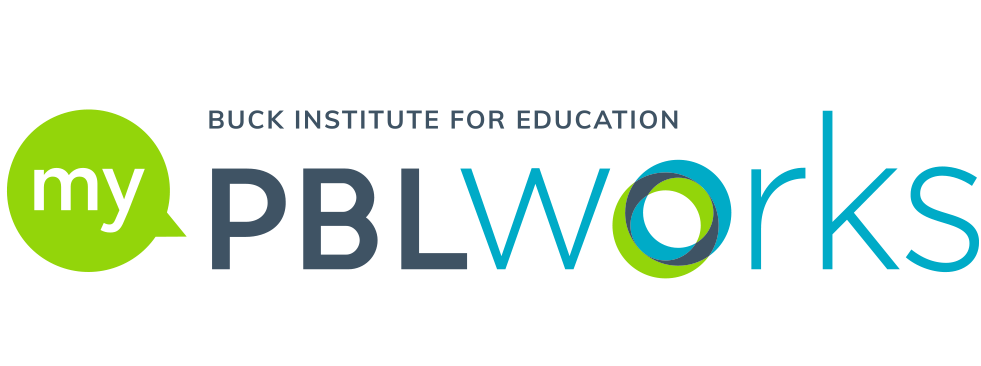Get Your Community on Board with PBL
Real-world learning is a big motivator in Project Based Learning. Most students respond positively when they have opportunities to tackle challenges or investigate issues that extend beyond the classroom walls. Make the most of these learning experiences by ensuring that community members are ready and willing to get involved in projects, too.
Here are some strategies to help get your community on board with PBL.
Lay the groundwork. Inform community members about the benefits of PBL. Use your district website or Facebook page to explain how projects prepare students for college and careers. Look for opportunities to have students talk about their projects with the media. One superintendent who’s active on Twitter regularly tweets photos of student projects, sending the message that her students are doing interesting, important work through PBL.
Recruit content-area experts. Inquiry is at the heart of PBL, and that means students are constantly asking questions. They often need to consult with content-area experts as part of their investigations. Recruit community members to share their expertise, and think broadly about the different experts you may want to enlist. For example, students doing a project on entrepreneurship may want to interview small business owners about the challenges of setting up shop. The Chamber of Commerce or service organizations may be good places to connect. For a different project, students may need to consult with engineers to troubleshoot a design challenge. Reach out to local employers who have technical experts on staff, or look to nearby universities or community colleges as resources. Don’t overlook current college students, along with hobbyists or do-it-yourselfers.
Recruit community clients. Give community members a close-up look at PBL by recruiting them as project clients. For example, a class of sixth-graders recently produced a professional-quality educational video for a city agency that oversees recycling efforts. The city saved real money, and students gained real-world experience with research, scriptwriting, video editing, and customer service. Build relationships with nonprofit organizations, local agencies, and others who can benefit from your students’ 21st century expertise.
Offer students as problem-solvers. Encourage community members to share problems or issues that would benefit from student problem solving. For example, students in one community put their critical thinking and science knowledge to work to suggest low-cost ways for local businesses to cut down on energy use. In another community, high school students took on the challenge of encouraging healthier habits. In collaboration with a health care provider, students planned a community health fair and fitness day.
Open your doors. Invite community members to take part in PBL events, such as end-of-project celebrations and exhibitions of learning. Solicit their feedback as audience members. Chances are, they’ll come away with a new appreciate for how much students learn through PBL.
Watch
Hangout with BIE: Building Support for the 4 C's
Suzie Boss, PBL blogger and author, discusses how to build support for an effort to explicitly teach and assess critical thinking, collaboration, communication, and creativity with PBL.
To view or download this resource, log in here.
Login